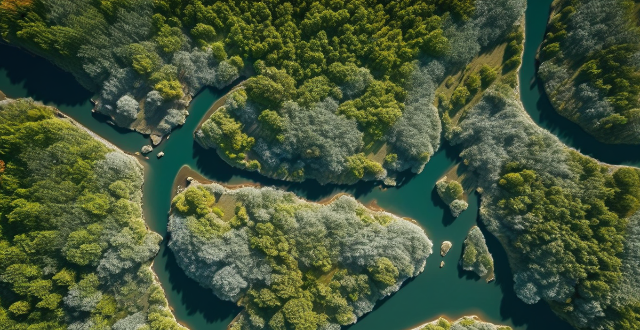When photographing landscapes during travel, planning ahead is crucial for capturing the best lighting and scenes. Utilizing the right gear such as a wide-angle lens and a tripod can greatly improve image quality. Composition techniques like the rule of thirds and leading lines enhance visual interest. Paying attention to lighting conditions and exposure settings ensures proper illumination and depth of field. Post-processing adjustments can further elevate the final image. Patience and observation are key, along with prioritizing safety in unique environments.

Tips for Photographing Landscapes During Travel
When capturing the beauty of landscapes while traveling, it's essential to approach the task with a blend of technical skill and creative vision. Here are some tips to help you take stunning landscape photographs:
Plan Ahead
- Research your destination for prime photo opportunities.
- Check the weather forecast to plan for ideal lighting conditions.
- Be aware of the golden hours – dawn and dusk – for softer, more colorful light.
Right Gear
- Use a wide-angle lens to capture expansive scenes.
- A tripod helps stabilize the camera, especially in low light.
- Polarizing filter can enhance colors and reduce glare.
Composition
- The rule of thirds can create a balanced and interesting composition.
- Look for leading lines such as roads or rivers to guide the viewer's eye.
- Include foreground interest to add depth and scale to your images.
Lighting
- Early morning and late afternoon light is often the most beautiful for landscapes.
- Sidelight can bring out texture and dimension in your subjects.
- Be mindful of harsh midday sunlight which can cause overexposure and flat shadows.
Exposure
- Use a narrow aperture (high f-stop number) for greater depth of field.
- Balance the exposure by using the light meter or taking multiple exposures to later blend (HDR).
- Bracketing your shots can help ensure you get the right exposure.
Focus and Depth of Field
- Set your focus point to infinity or use the hyperfocal distance technique.
- Utilize depth of field preview if your camera has one.
Post-Processing
- Adjust the white balance to reflect the natural light of the scene.
- Enhance the colors and contrast subtly to make your landscape pop without overdoing it.
- Consider converting to black and white for dramatic effect in certain landscapes.
Be Patient and Observant
- Take your time to observe the changing light and scenery.
- Be prepared to wait for that perfect moment when all elements come together.
Safety First
- Always be aware of your surroundings and potential hazards.
- If shooting near water or unstable terrain, have the proper gear and know your limits.
Remember, the best landscape photographs often require patience and a willingness to experiment with different techniques. By following these tips, you'll be on your way to capturing breathtaking travel landscapes.